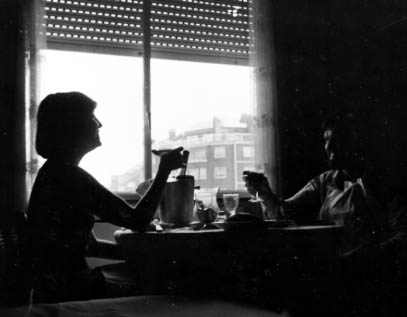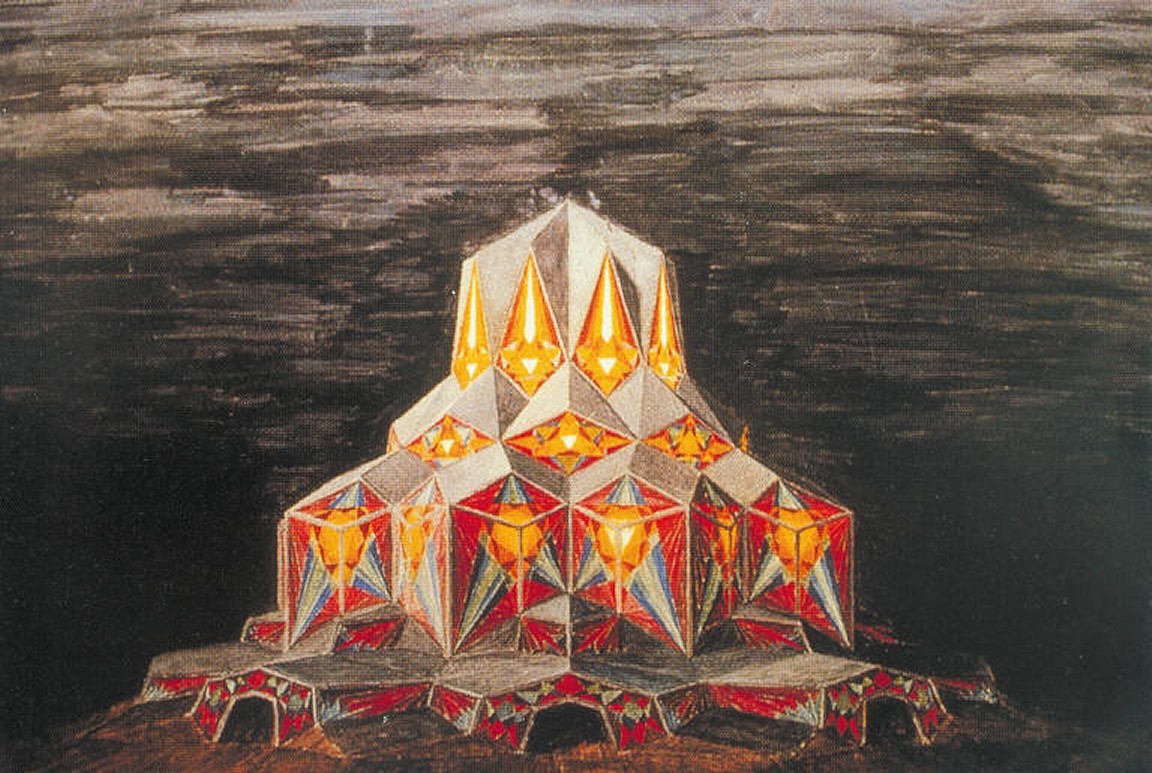A “nation of weirdos” is how Michael Brendan Doherty characterized the United States the other day on The Editors Fourth of July podcast. It was meant kindly. The weirdos have included Thomas Edison, Henry Ford, and Steve Jobs, as well as the inventors of the hula hoop, the smoothie, and the pet rock. The pursuit of happiness takes many unexpected twists and turns.
THERE’S AN APP FOR THAT
It is said that a picture is worth a thousand words. Tell that to today’s museum curators, who insist of covering gallery walls with words, identifying the picture, who painted it and when, and of course who donated it. At the very least. There are also entire chunks of text making sure that we understand why this art is important. The result is that museum goers are caught up in reading, or listening if they have rented an audio guide, anything but looking. What a shame. I am with Albert C. Barnes, who insisted that his collection not have any identifying labels.








